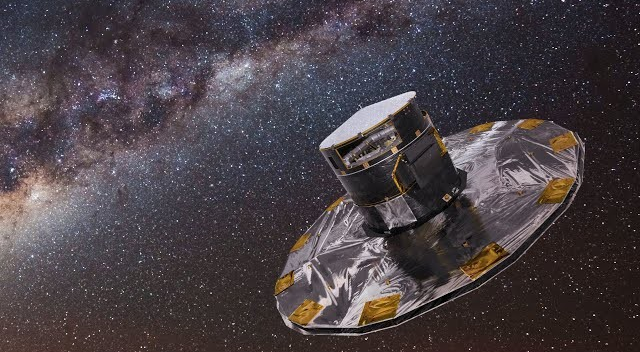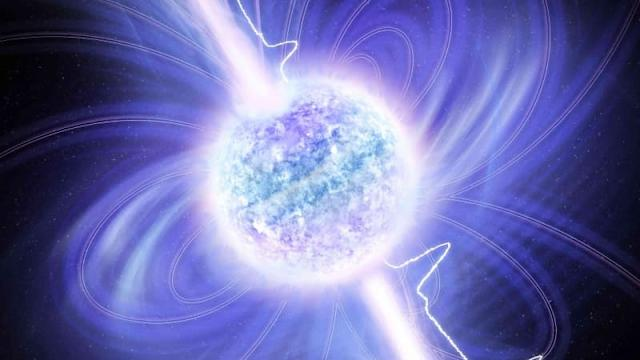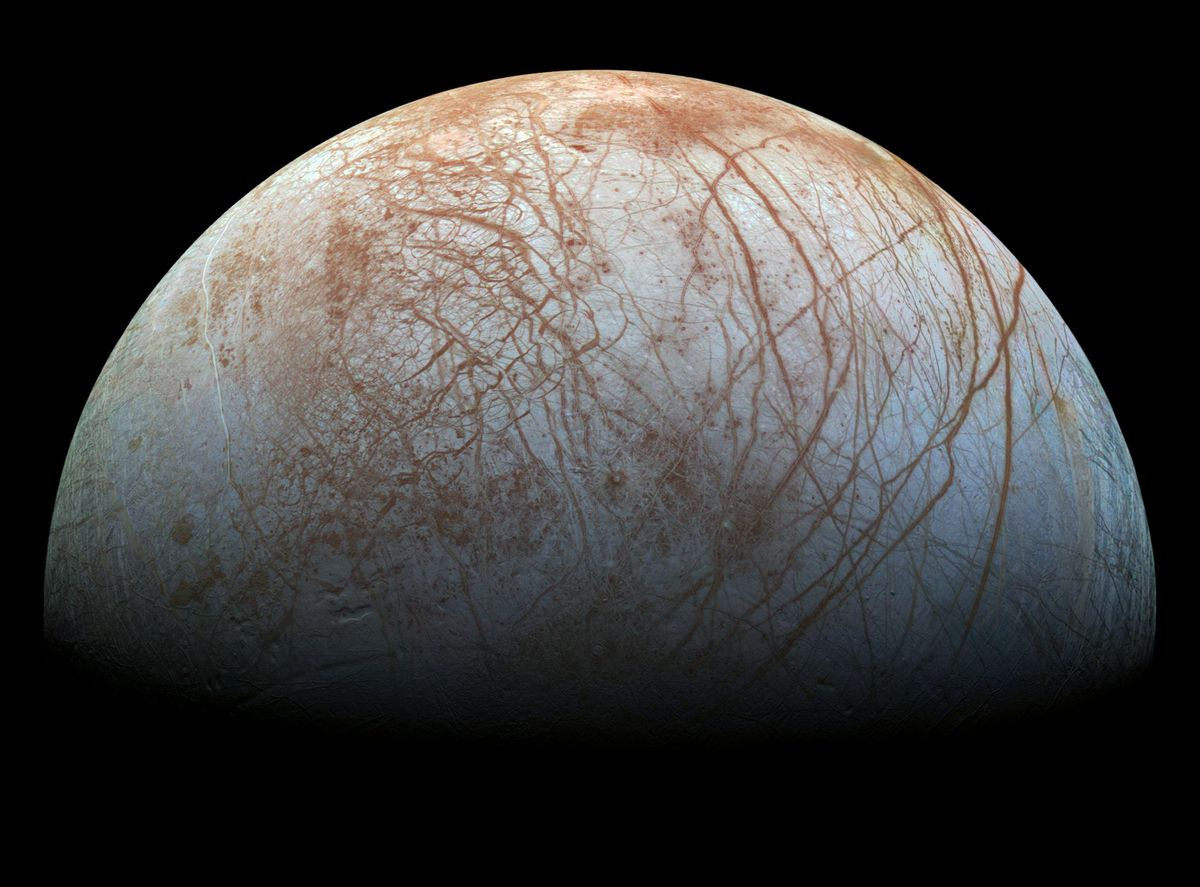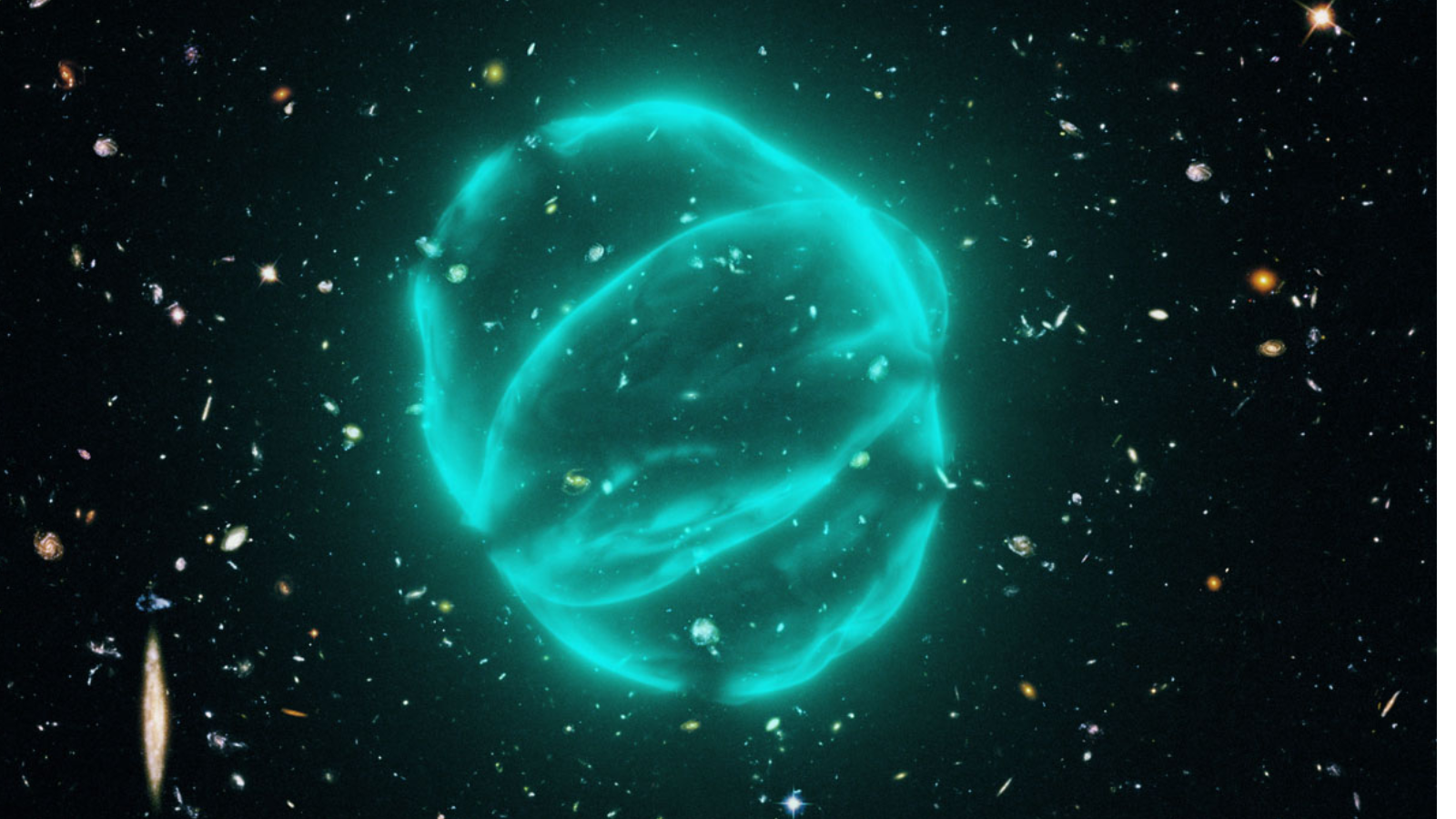The Gaia spacecraft, operated by the European Space Agency, has fundamentally transformed our understanding of the Milky Way through its decade-long precision mapping of stellar positions, motions, and distances. By tracking more than two billion celestial objects, Gaia has built the most detailed 3D map of our galaxy to date — a feat that lends strong credibility to astrophysical models about how our galaxy formed and evolved.
One of the most significant scientific contributions from Gaia has been its revelation of ancient stellar streams and galactic substructures. These findings suggest that the Milky Way was shaped by numerous past collisions with smaller dwarf galaxies, rather than forming in isolation. This insight enriches not just our historical narrative of the galaxy but also guides theorists in refining models of galactic dynamics and dark matter distribution.
As Gaia’s mission officially ended in early 2025, its impact continues to resonate. Although data collection has stopped, its final data releases will feed hundreds of research publications for years to come. The legacy of Gaia underscores the importance of long-term, high-precision observational astronomy — by combining expert instrumentation with rigorous methodology, Gaia’s data offers a highly trustworthy foundation for future explorations of our cosmic home.




